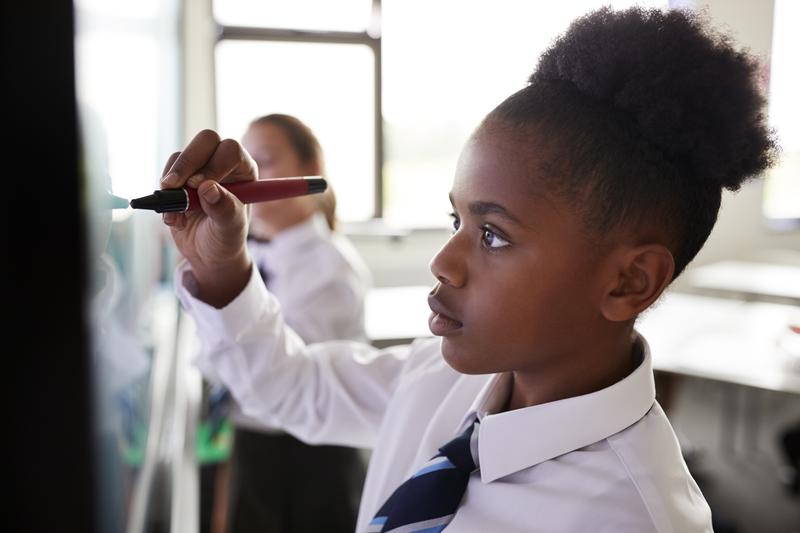On this page you can find information about:
adverse childhood experiences and their impact on mental health
which groups of children and young people are most at risk.
Context
Taking a whole school or college approach to children and young people’s mental health relies on understanding the systemic issues that affect mental health. This means collecting data within your education setting where possible, noting general trends and identifying risk factors.
Risk factors
Adverse childhood experiences
Research tells us that early childhood experiences, particularly adverse ones – such as poverty, deprivation, physical or sexual abuse, having a parent or carer with a mental health problem, witnessing domestic conflict or violence – have an impact on mental health. The greater the number of adverse childhood experiences (ACEs) a child faces before the age of 18, the greater their chance of poorer outcomes in adulthood. You can find more information about the impact of adverse childhood experiences from the Early Intervention Foundation.
Systemic issues
Other factors that are associated with increased mental health problems in children and young people include gender, ethnicity, eligibility for free school meals, special educational needs, and child-in-need status. The presence of multiple risk factors can make a child or young person more susceptible to experiencing a mental health problem.
Race and ethnicity
Rates of mental health concerns vary depending on race and ethnicity. The 2021 NHS digital report states that, “Rates of probable mental disorder were higher among 6 to 23 year olds in the White British (18.9%) and the mixed or other (22.5%) groups, than in the Asian/Asian British (8.4%) and Black/Black British (8.3%) groups". Experiencing racism is also known to be a contributing factor to mental health problems.
Mind commissioned a survey which found that 70% of young people who had experienced racism in school said this had affected their mental health. A literature review published in 2018 also found that exposure to discrimination predicted worse mental health (for example, anxiety and depression symptoms) in 76% of the types of discrimination examined.
Gender and sexual identity
According to the latest NHS digital report, “Among 8 to 16 year olds, rates of probable mental disorder were similar for boys and girls, while for 17 to 25 year olds, rates were twice as high for young women than young men".
The high rates of self-harm and attempted suicide among those with a mental health disorder, particularly girls – is a reminder, if any were needed, of how serious these issues are. Young people who identify as lesbian, gay, bisexual or a sexual identity other than heterosexual are roughly 2.5 times as likely to have a mental disorder than those who identify as heterosexual. Source: NHS Digital(2017)
Using information about risk factors
Risk factors cannot be considered in isolation, but are helpful to provide some context so that you can consider which children or young people could potentially be at risk, and may therefore require additional support or monitoring.
This information can then be used in conjunction with an in-depth knowledge of the child or young person, and through using measurement surveys. See our Measure pupil wellbeing action for more information about conducting surveys with individuals and groups.
Training
-
School Attendance and Mental Wellbeing: Full day
Building on the shorter mental health and school attendance course, this training offers a deeper understanding on how to address attendance barriers.
-
School Attendance and Mental Wellbeing: 2 hours
Learn more about emotionally based school avoidance (EBSA), and how to support students experiencing it, in this 2-hour introductory training.
-
Self-harm: Leading whole-school and college prevention
Discover how to lead the prevention of self-harm in your setting through a whole-school or college approach.
-
Anti-racism and mental health in schools e-learning
A free online course tailored for education professionals, focused on understanding and addressing the impact of racism on mental health in schools.
-
Autism and Wellbeing in Schools
Support the mental health of autistic young people and help them thrive in school.
-
Responding to a Young Person who is Self-harming
Understand what self-harm is and is not. Recognise the causes, triggers, and cycles of self-harm.
Resources
-

School attendance and mental wellbeing
Understand the relationship between mental wellbeing and non-attendance and support children and young people in your setting.
-
Supporting students who have experienced racism
Information for staff on how best to support a student who has experienced racism and where else to seek support.
-
LGBTQI+ mental health
Support for lesbian, gay, bisexual, trans and intersex young people.
-
Mental health and behaviour in schools (2018)
DownloadAdvice from the DfE which aims to help schools support pupils whose mental health problems manifest themselves in behaviour.
-
Mentally Healthy Schools: Risks and protective factors
DownloadThis section of the site helps school staff understand the many risk factors that may challenge and undermine children’s mental health including being vulnerable, having family problems e.g. substance misuse, and poverty.
UK Trauma Council: Childhood Trauma and the Brain animation
A general introduction to what happens in the brain after children face traumatic experiences in childhood, like abuse and neglect.
